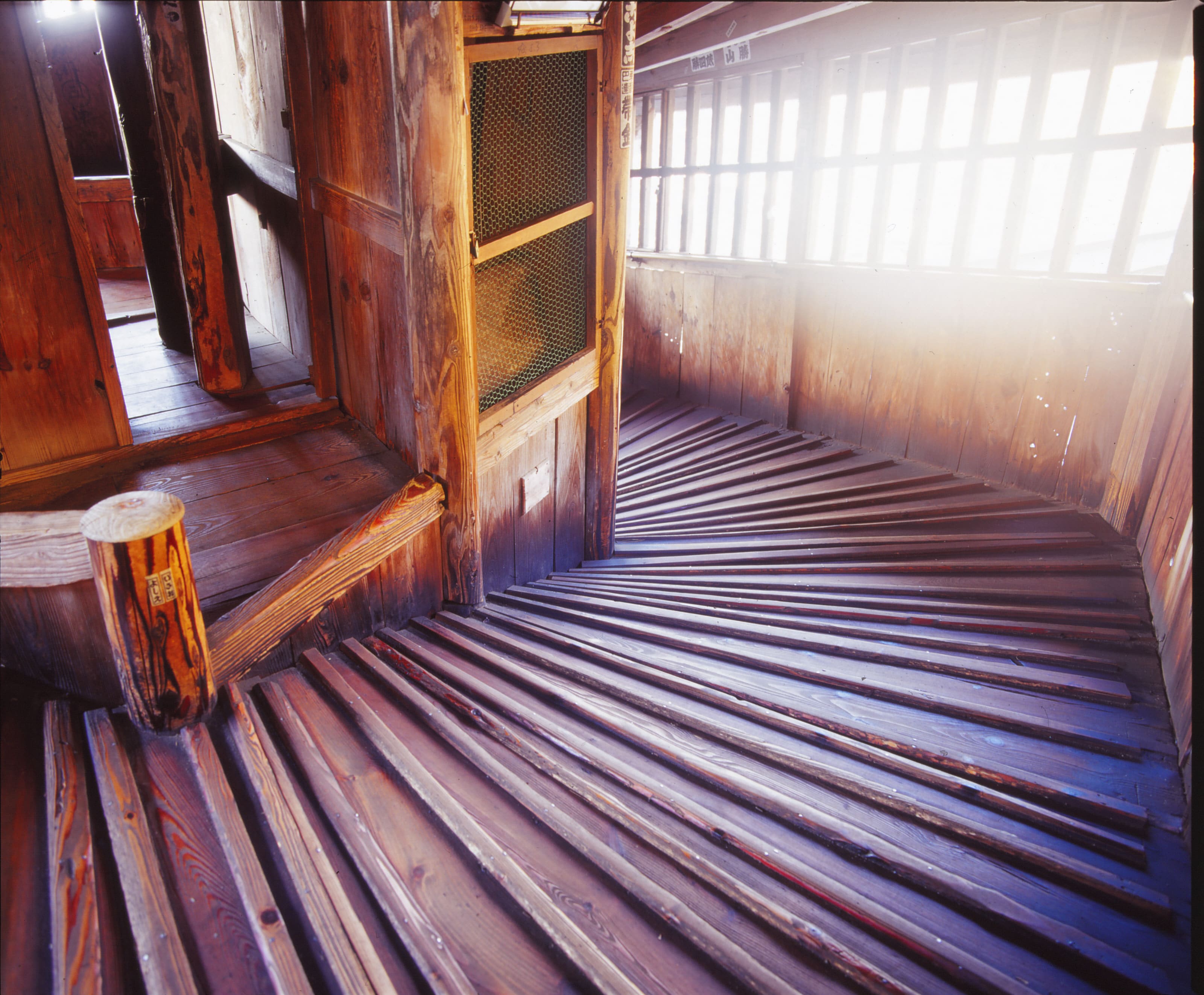Sazaedo Temple
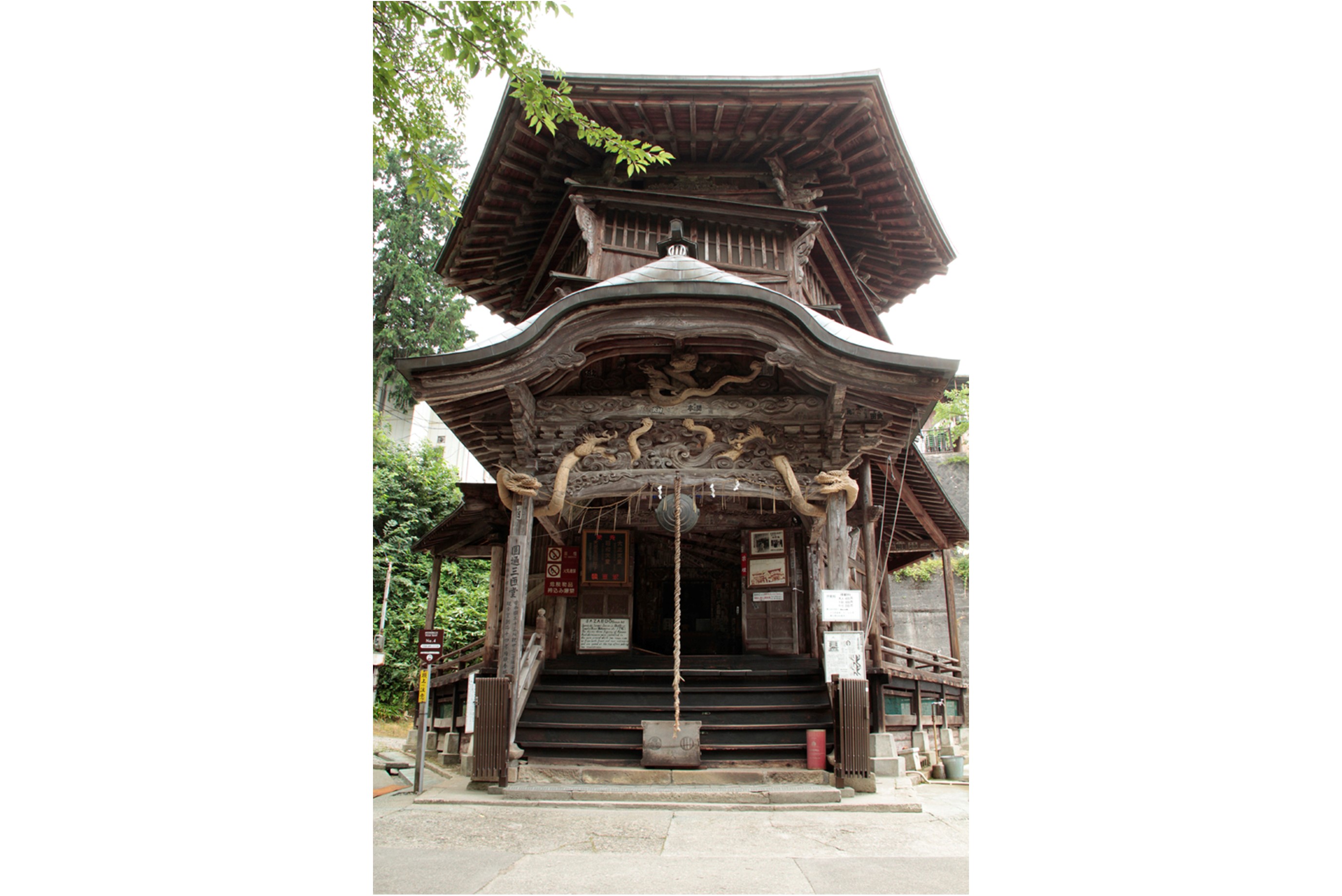
This picturesque temple built of wood at the base of Mt. Iimori features an unusual design: a double-helix spiral structure, with no floors or stairs. Visitors follow a ramp-like walkway through the temple on a continuous one-way path, crossing a bridge at the top before descending, and never passing anyone coming the other way. As the only known temple in Japan with this design, Sazaedo has been designated an Important Cultural Property. Another example of the rare double-helix architectural design is the staircase at the Château de Chambord in France, which is said to have been designed by Leonardo da Vinci.
Inspired design
A monk named Ikudo was the mastermind behind the temple, which was completed in 1796. Ikudo chose the distinctive double-helix design because he wanted to create a convenient way for worshippers to complete a small-scale version of a well-known pilgrimage route linking 33 images of the Buddhist deity Kannon (bodhisattva of compassion). It is said Kannon can change into 33 different forms and is the savior of all living things. The full pilgrimage, known as the Saigoku (“Western Provinces”) 33 Kannon Pilgrimage, involved a journey through seven prefectures mostly in the Kansai region (Wakayama, Osaka, Nara, Hyogo, Kyoto, Shiga, and Gifu), which would take weeks or months to complete. Ikudo had 33 statues of Kannon installed throughout Sazaedo, and visitors to the temple could pay their respects at each one as they moved along the walkway. The pilgrimage could thus be completed in a matter of minutes.
The Kannon statues seen in Sazaedo today are replicas, and the temple itself was rebuilt in 1890.
Leaving their mark
The temple’s walls and ceilings are covered with colorful paper stickers called senjafuda, which pilgrims customarily placed on shrines and temples as proof of their visit. The signs usually bore the person’s name and place of residence, along with other decorative touches. The senjafuda in Sazaedo offer a glimpse into an era when visiting temples was a popular recreational activity and a form of vacation for many people.
The temple’s official name is Entsu Sanso (lit., “circle three times”). It refers to the fact that visitors will complete one and a half circuits of the temple to reach the top, and the same on the way down. The more widely known nickname Sazaedo is a reference to the temple’s shape, which resembles the turban shell (sazae).
Near the temple is a statue of a young samurai warrior. The youth was a member of the teenage Byakkotai (White Tiger Brigade), a group of warriors that fought in the Boshin War (1868–1869). The graves of 19 Byakkotai members who lost their lives on Mt. Iimori are located on the summit, which offers a panoramic view of the city below.

This English-language text was created by the Japan Tourism Agency.
Related Places
-
- Aizu Machikata History Museum
-
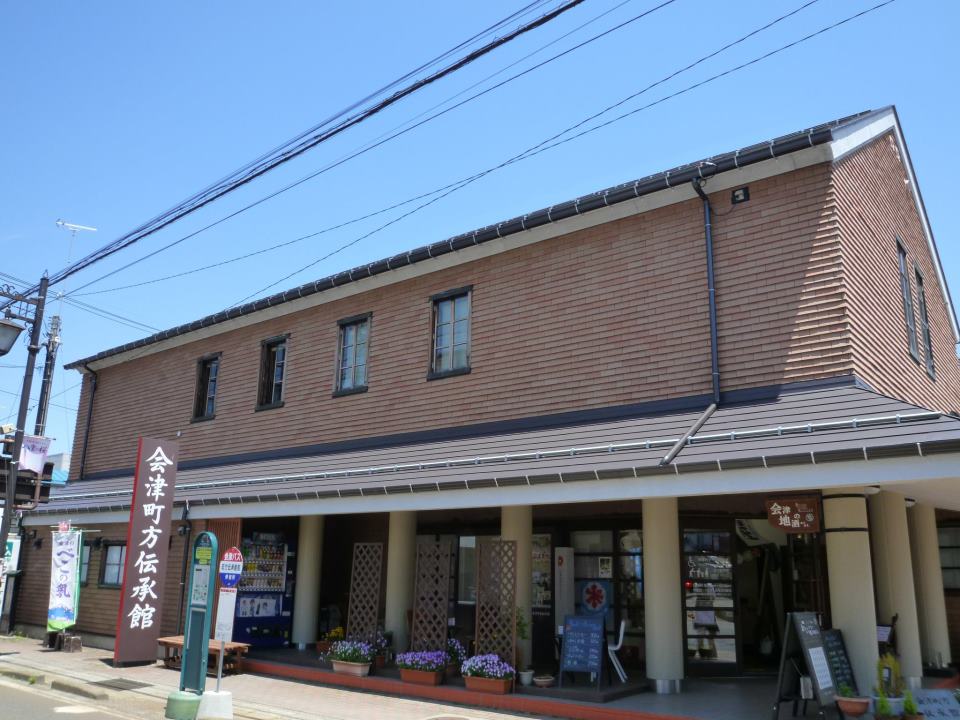
The hot-spot for information on Aizu..read more
-
- Hagurosan Yugami Shrine
-
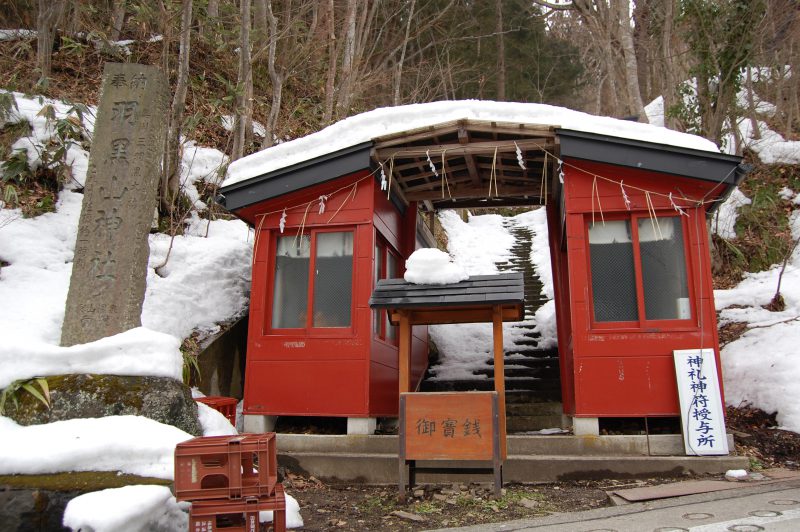
Hagurosan Yugami Shrine that is holding a festival for the soul of Kuranasu, the main god of the festival..read more
-
- Oyakuen Garden
-

The Oyakuen medicinal herb garden is centered around a pond and features trees and flowering plants that make for ever-changing scenery year-round. This tranquil garden has a long history as a retr.....read more
-
- Suehiro Sake Brewery
-
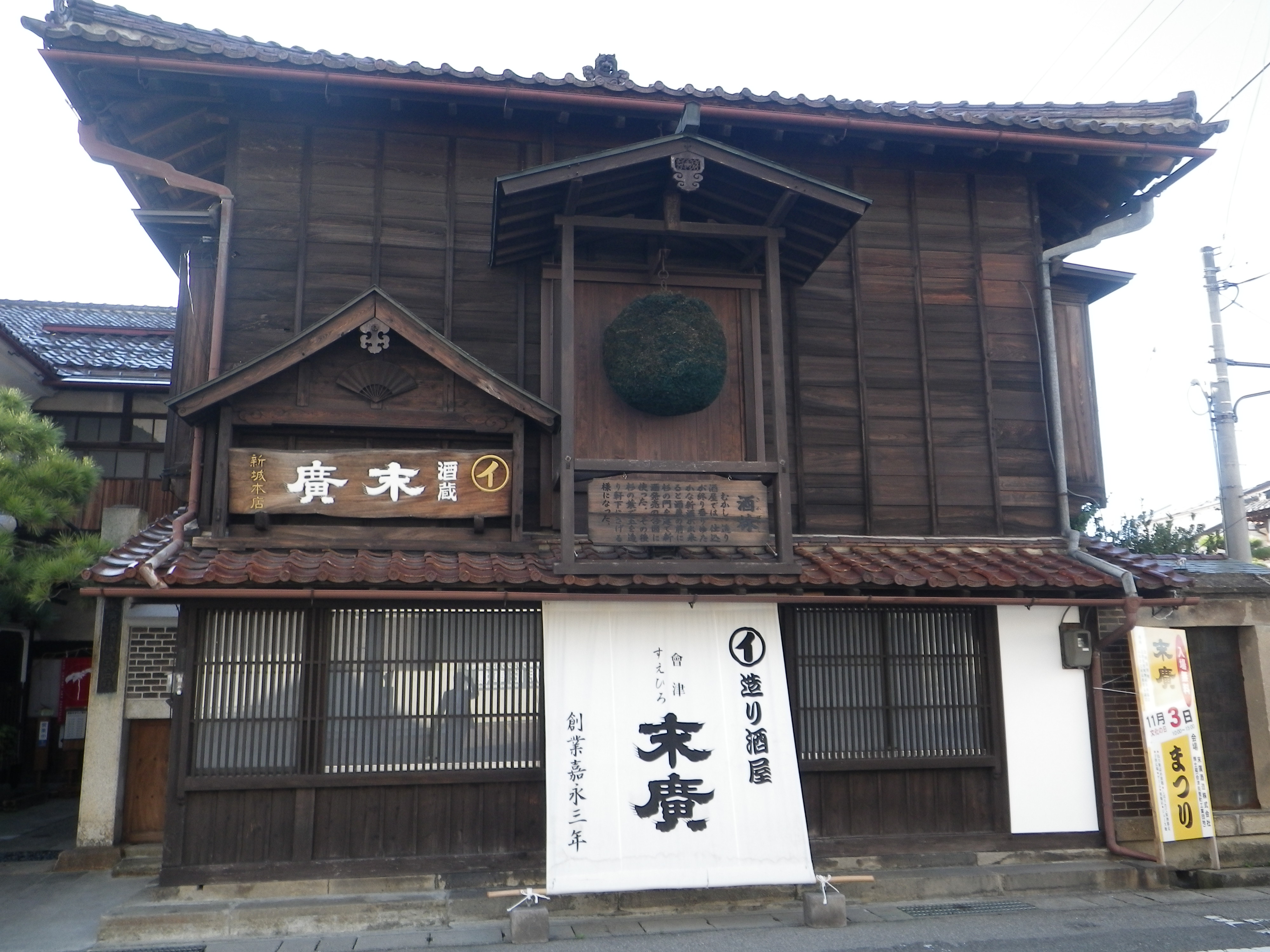
The Aizu family surrendered to imperial forces at the end of the Boshin War (1868–1869). A new government was established under Emperor Meiji (1852–1912) and launched numerous reforms, one of which.....read more
